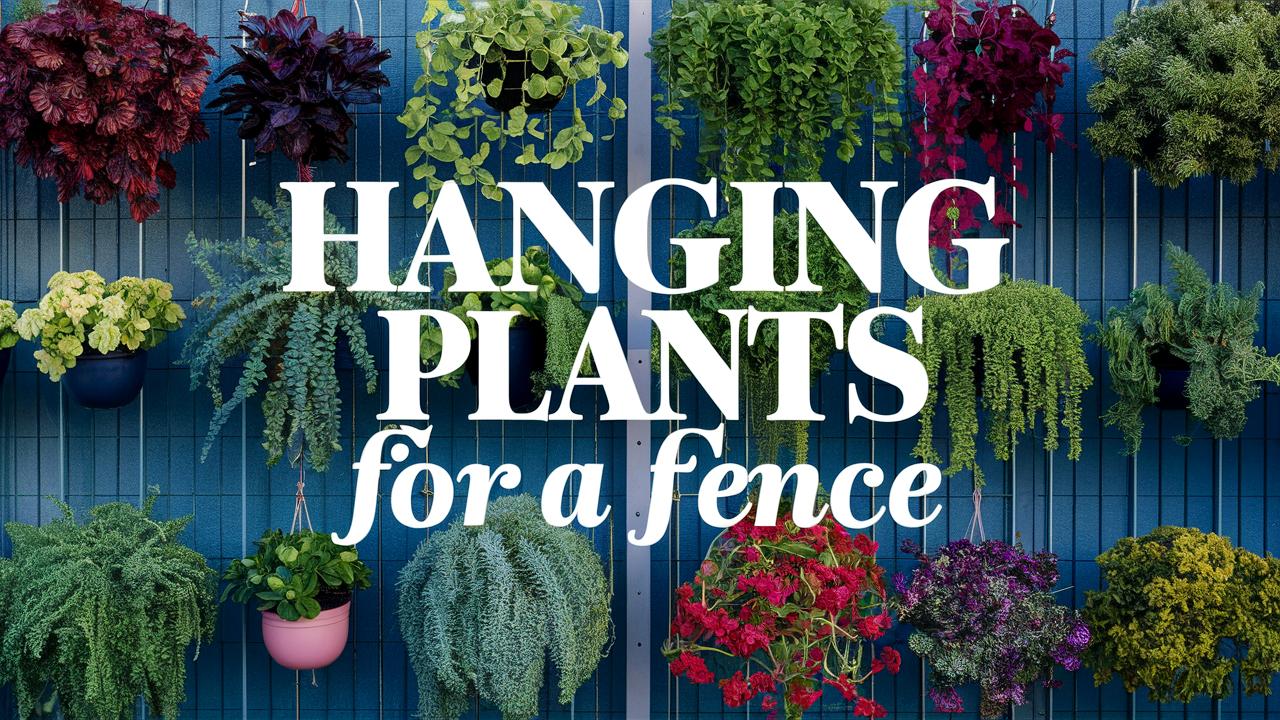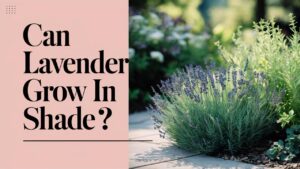In this guide, we’ll explore a variety of hanging plants perfect for adorning your fence, each bringing its unique charm and character.
String of Hearts
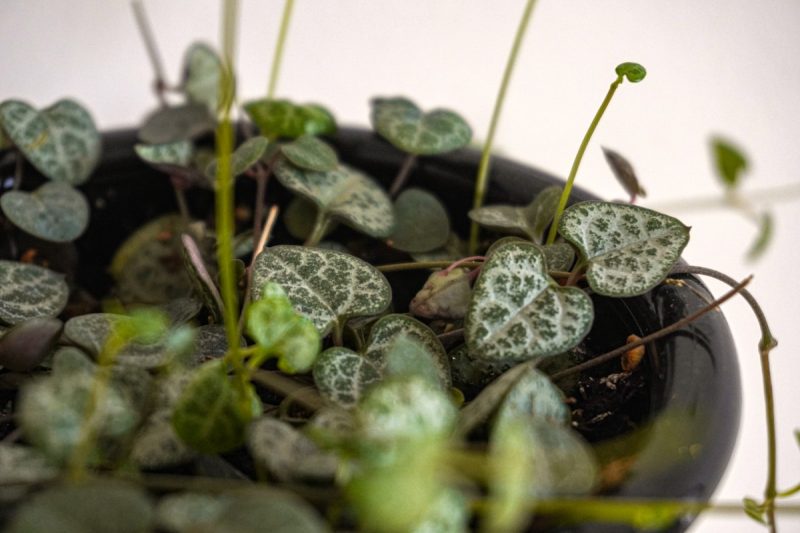
One of the most popular choices for hanging displays is the String of Hearts (Ceropegia woodii). This succulent is adored for its delicate, heart-shaped leaves that dangle effortlessly from its long vines. When placed against a wooden or metal fence, the lush green contrasting with the raw materials creates a stunning visual.
Caring for String of Hearts is a breeze, requiring minimal water and thriving in bright, indirect sunlight. This makes it an excellent choice not only for seasoned plant lovers but also for beginners looking to bring life to their fences. They can tolerate some neglect, which makes them a perfect fit for busy lifestyles. Consider using decorative macramé hangers to increase their charm and keep them showcased to their full potential.
Tradescantia
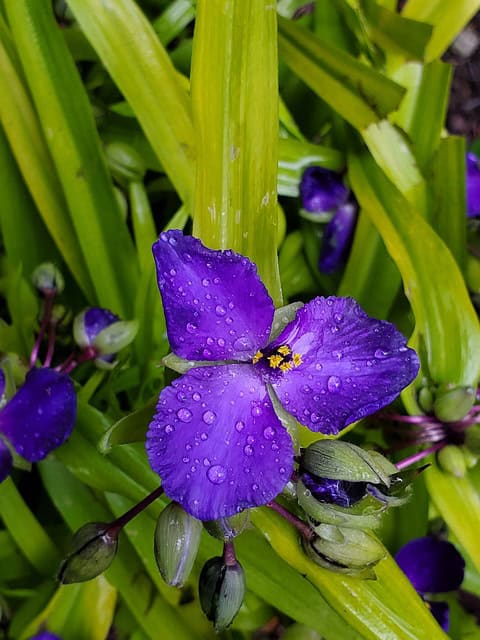
Another excellent choice for hanging plants is Tradescantia, commonly known as Wandering Jew. This plant showcases vibrant purple and green variegated leaves that bring an incredibly appealing color dynamic to your fence. The trailing habit of Tradescantia creates an elegant cascade down your wall or fence, perfect for softening hard edges and adding an inviting atmosphere.
Tradescantia is relatively easy to care for, thriving in various conditions but preferring bright, indirect light. Regular watering is key, but be cautious not to overdo it. Additionally, this plant does great in hanging planters which allow it to truly flourish. With proper care, Tradescantia can also produce charming little flowers, further enhancing its allure as a fence adornment.
Monstera
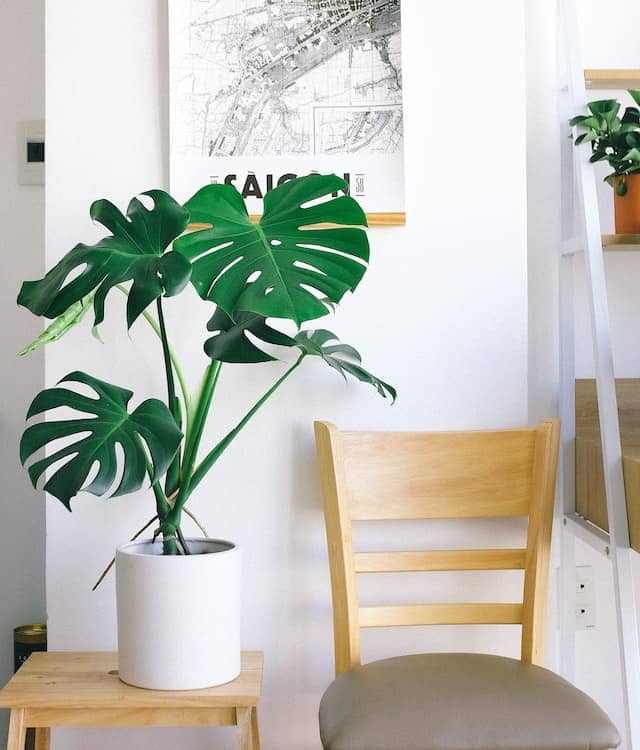
If you crave a bit more drama in your hanging plants, look no further than the Monstera deliciosa. This tropical wonder is well known for its large, fenestrated leaves and can make quite a statement when suspended from a fence. Its striking foliage can offer a lush, jungle-like vibe to your outdoor space, making it a conversation starter.
Monstera prefers bright, indirect sunlight and thrives in well-draining soil. Since it can grow quite large, ensure to have strong support for its substantial weight and consider choosing a larger hanging basket to accommodate its growth. By using a neutral or earthy-colored pot, you can highlight its dramatic leaves even more against your fence, creating a feature that draws the eye.
Hoya
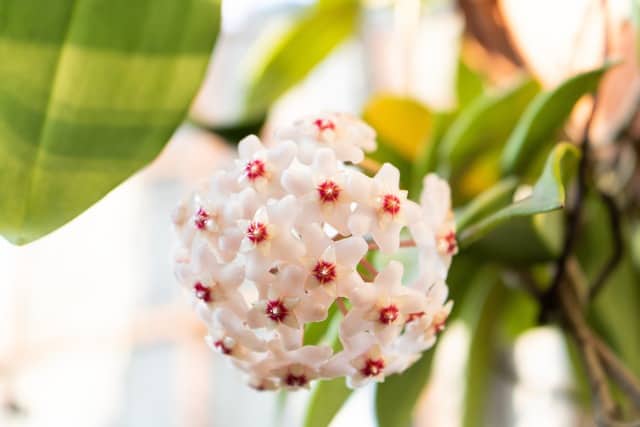
Known as the wax plant, Hoya is another lovely option for hanging plants. It produces clusters of star-shaped flowers that bloom in a variety of colors, often resulting in a display that feels vibrant and exotic. The thick, waxy leaves of Hoya provide a robust foliage backdrop and can brighten up a dreary fence quite effectively.
Hoya thrives in bright, indirect sunlight and prefers to be on the drier side, making it relatively low-maintenance for fence greenery. Its unique growth habit involves long tendrils that can trail down beautifully, creating a rich tapestry of green with gorgeous floral accents when it’s in bloom. Make sure to rotate your plant occasionally to ensure even growth and flowering.
Petunia

When looking for hanging plants that offer dazzling blooms, consider planting Petunia. These easy-to-grow annuals display vibrant colors and a sweet fragrance, making them ideal for enhancing a fence area, especially during the warmer months. The cascading nature of Petunia lends itself neatly to hanging pots where the flowers can spill over the sides in vivid bursts.
Petunias enjoy full sun, so be sure to place them where they can soak up the rays. Regular deadheading encourages more blooms and extends the flowering period. With their diverse color selection, you can create color-themed arrangements or even go for a mixed bag to have a stunning variety on display along your fence.
Boston Fern
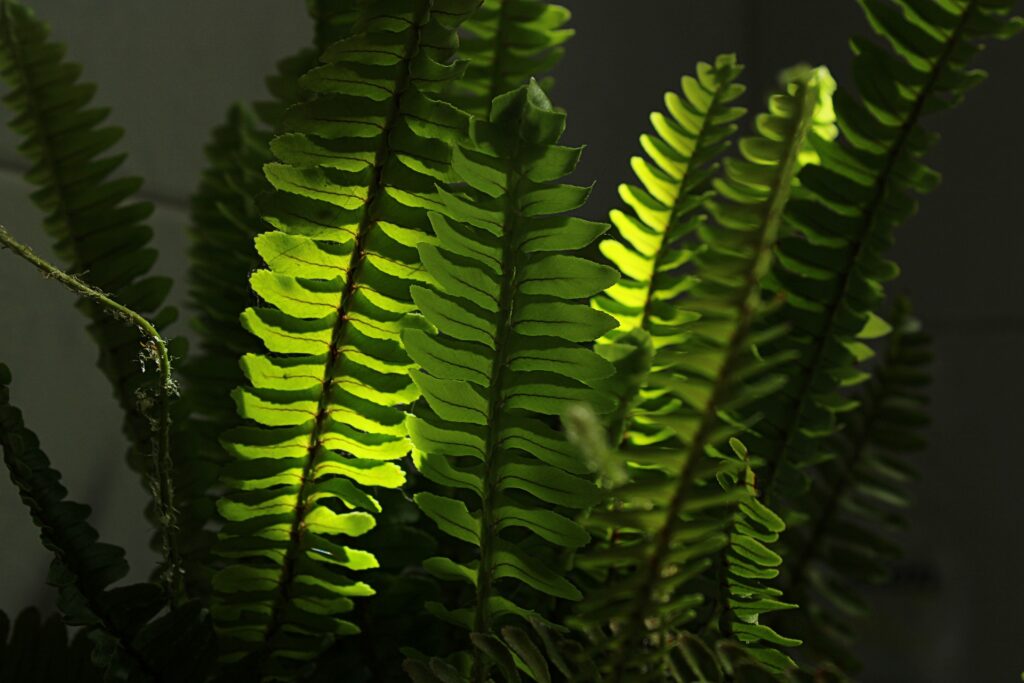
For those who prefer a touch of classic elegance, Boston Fern (Nephrolepis exaltata) could be the ideal choice. With its lush, arching fronds, this plant adds a touch of grace to any outdoor area. When hung from a fence, the beautiful fronds can create delightful green curtains that add depth and texture to your space.
Boston Fern thrives in humidity, so they do particularly well in shaded areas or when equipped with a regular misting schedule. They appreciate cool temperatures and indirect sunlight. Plus, their ability to purify the air adds an additional incentive to hang them near lounging areas or entrances.
Bacopa
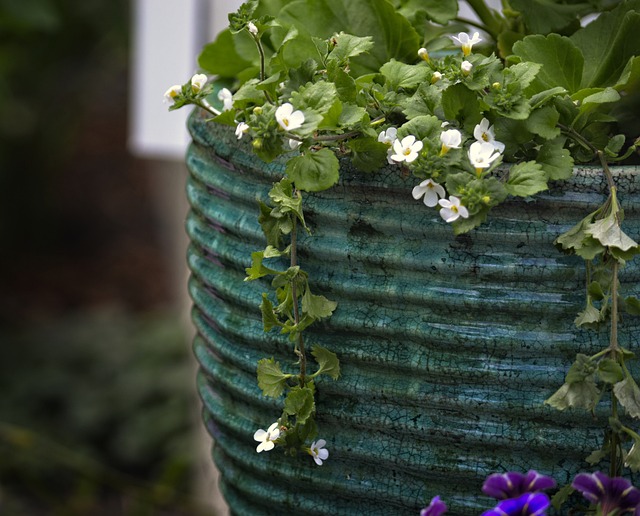
Bacopa is a charming little plant known for its tiny, delicate blooms and trailing growth habit. Dainty white, purple, or pink flowers create a carpet of color that looks particularly stunning when allowed to cascade over fence planters. Bacopa makes an excellent choice for small spaces, where its gentle growth can soften rigid lines.
Best grown in sunny locations, Bacopa responds well to regular watering and consistent feeding during the growing season. Incorporate these plants in multi-tiered arrangements to create variations in height and flower color, amplifying the charm of your fence.
Pothos
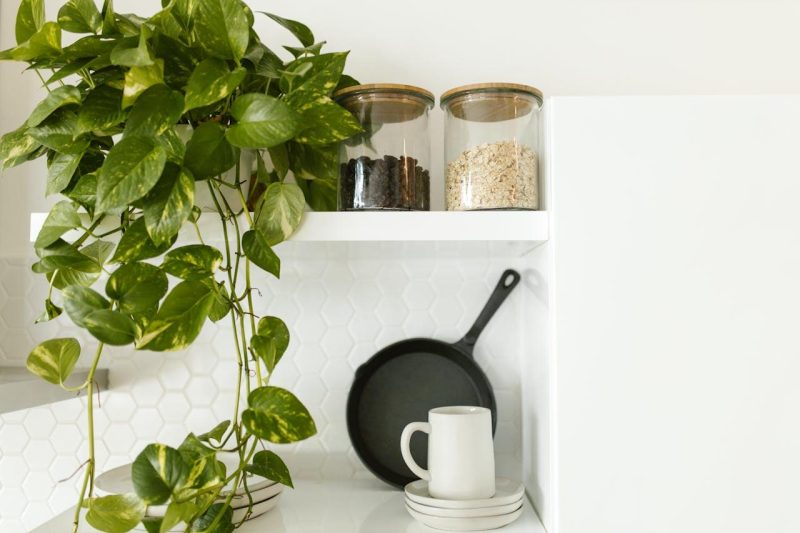
Pothos (Epipremnum aureum) is often heralded as a perfect starter plant, and for good reason. This trailing vine is revered for its hearty growth and ability to thrive in a variety of conditions. With its lush, heart-shaped leaves, Pothos creates incredible visual intrigue as it tumbles over the edges of hanging baskets.
Pothos prefers moderate to bright indirect light and can even survive in low-light situations, making it a versatile choice for your fence decor. Its long, trailing vines can be pruned to encourage bushier growth or allowed to trail freely for a relaxed, informal appearance. Whether you choose a classic green variety or a variegated strain, Pothos can instantly elevate your fencing aesthetic.
Ivy Geranium
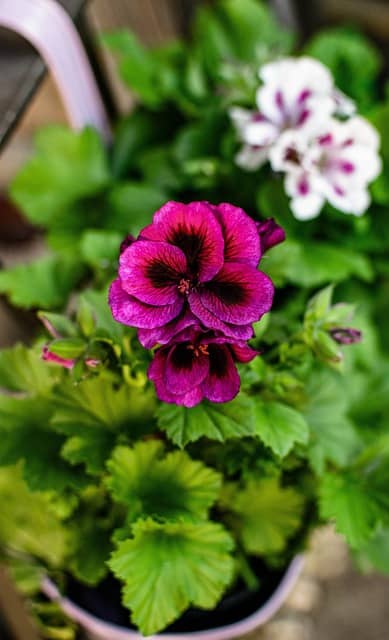
If you want to introduce classic charm and vibrant colors to your fence, Ivy Geraniums are among the best options. Their trailing vines and colorful blooms make them the darling of patio gardens, providing a stunning flush of color throughout the growing seasons. The flowers range from deep reds to purples and whites, offering variety and vibrancy.
The ideal growing conditions for Ivy Geraniums include full sun and well-draining soil, with regular watering to keep them blooming. To maintain their shape, pinch back the tips of long vines, promoting bushier growth. These plants are perfect for adding family-friendly privacy and color to your landscape.
Spider Plant
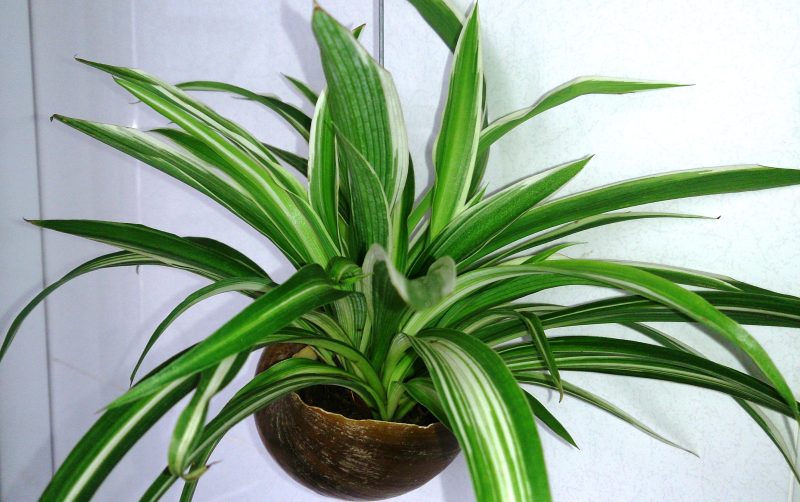
The Spider Plant (Chlorophytum comosum) is well-loved for its arching green and white variegated leaves and its responsiveness to different growing conditions. This resilient plant produces “baby” spiderettes that dangle and extend from the mother plant, providing a delightful cascading effect suitable for a fence.
Spider Plants thrive in a variety of lighting, but bright, indirect light is ideal. They are also known for their air-purifying qualities. If your space allows for some whimsy, consider leaving the spiderettes to dangle freely; not only does this look lovely, but it also allows you to propagate new plants easily from those “babies.”
Fuchsia
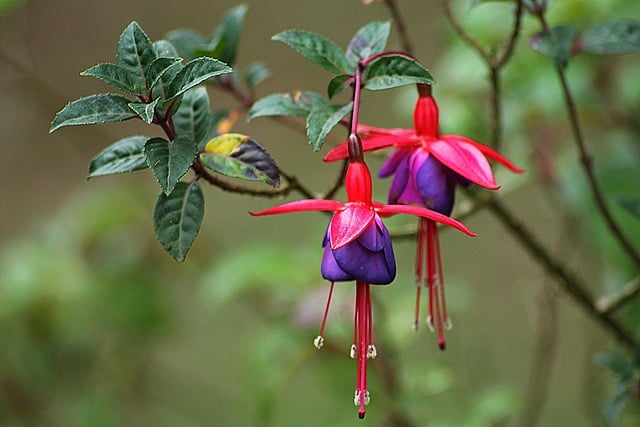
If you’re searching for hanging plants that shine with color, Fuchsia is a winner. Known for its pendulous blooms in shades of pink, purple, and white, fuchsias can add a rich color palette to your outdoor space. Their drooping flowers create a stunning display that can bring a delightful charm to your fence.
Fuchsia prefers cooler temperatures and dappled shade, making it perfect for partially shaded areas. Keep the soil consistently moist but not soggy, as they thrive in well-draining conditions. By planting these beauties in decorative hanging pots, you’ll draw the eye upwards, showcasing their stunning flowers beautifully against your fence.
Begonia
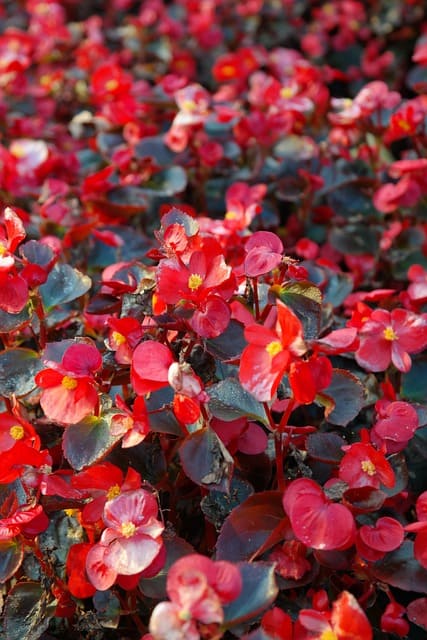
Begonias are another fabulous option that packs a visual punch. With their diverse range of shapes, colors, and sizes, Begonia communicates elegance and sophistication. Many varieties, including the popular trailing begonias, thrive in hanging pots where their nature to drape elegantly can be fully appreciated.
These plants fare well in partial sunlight to shady conditions, making them adaptable to various outdoor situations. Their vibrant blooms and unique foliage—ranging from waxy green leaves to dark burgundy tones—allow for a dynamic display. Regular watering is essential, as begonias prefer a humidity level that keeps their leaves vibrant and lush.
Staghorn Fern
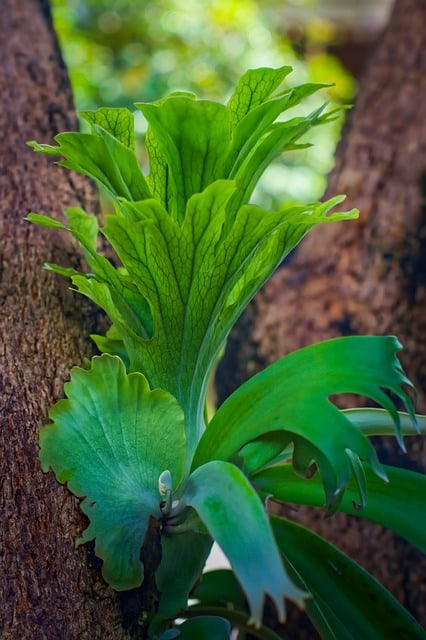
For the adventurous gardener, consider Staghorn Ferns (Platycerium spp.) to hang on your fence. These unique plants don’t grow in typical pots but are often mounted on wood or hung in wire baskets. Their unique fronds resemble stag antlers, adding an artistic touch to your outdoor decor.
Staghorn Ferns thrive in indirect light and require humidity to flourish. Since they can be mounted directly on a piece of wood, using moss as a substrate creates a naturalistic, sculptural element on your fence. Ensure they are watered consistently but not overly saturated, as their epiphytic nature allows them to take in moisture from the air and a little from their roots.
Nasturtium
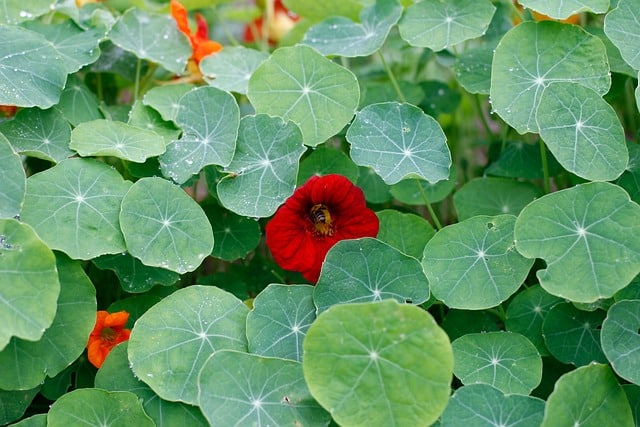
If you’re looking for a plant that offers both beauty and edibility, Nasturtium is the way to go. The bright, vibrant flowers bloom in hues from yellow to deep orange and red, making a striking addition to any hanging arrangement. Plus, the flowers and leaves are entirely edible, adding a peppery flavor to salads or as garnishes!
Nasturtium prefers full sun and well-drained soil, and they’re great for attracting pollinators to your garden. Their natural trailing habit allows them to drape beautifully down from hanging baskets or planter boxes affixed to your fence, making them a colorful and functional addition to your outdoor decor.
String of Pearls
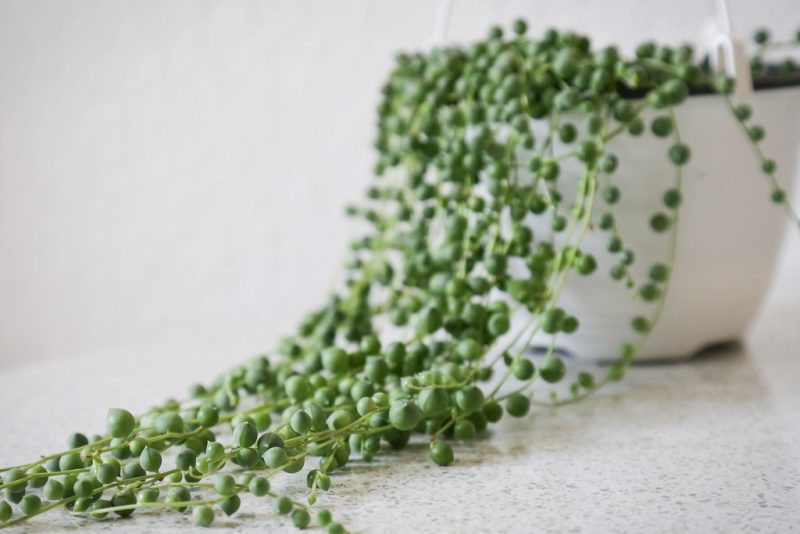
Another delightful succulent that deserves a mention is the String of Pearls (Senecio rowleyanus). Characterized by its bead-like foliage, this plant provides a unique visual explosion, especially when gracefully cascading from a hanging pot. Each ‘pearl’ is a small water-storing leaf, a testament to its drought-tolerance.
String of Pearls loves bright, direct sunlight and requires a careful watering routine due to its succulent nature. Ensure their hanging pots have excellent drainage to prevent root rot. This visual spectacle is not only a conversation starter but also a reminder of nature’s beauty, making it quite the plant to showcase against your fence.
Calibrachoa
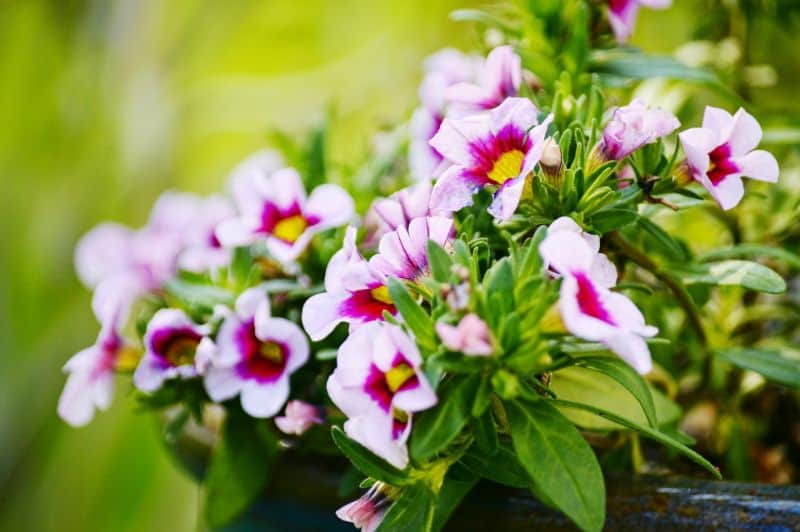
Often called Million Bells, Calibrachoa produces an abundance of small, trumpet-shaped flowers that flourish into a vibrant display. These hardy plants create a stunning waterfall effect, perfect for hanging arrangements on fences. Available in a wide range of colors, they can bring excitement and diversity to your outdoor area.
Calibrachoa thrives in full sun with well-draining soil. Regular deadheading can also promote continuous blooming, keeping your fence vibrant all season long. Their compact habit and prolific flowering make them a preferred choice for mixing with other plants in hanging arrangements for a layered effect.
Heart Leaf Philodendron
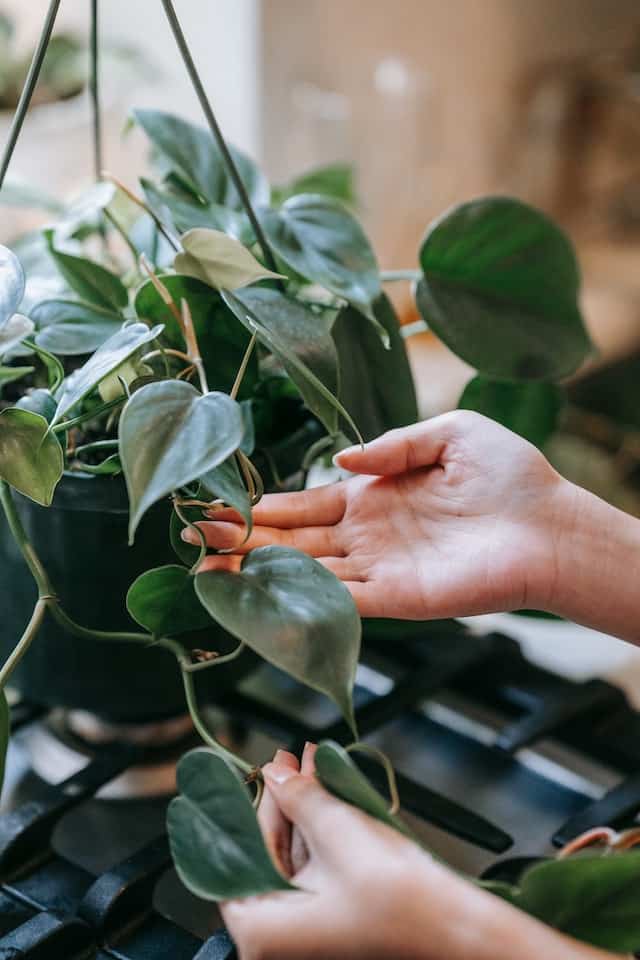
Lastly, the Heart Leaf Philodendron is a versatile, trailing plant that effortlessly brings life to a fence. Its lush, heart-shaped leaves offer a soft, inviting look and are perfect for creating a lush backdrop. This plant can thrive in low-light conditions, making it suitable for the areas of your yard that receive filtered sunlight.
Caring for the Heart Leaf Philodendron is straightforward, requiring regular watering and well-draining soil. This adaptable plant can flourish in various conditions, giving it a place in many gardens. As it grows, its trailing vines can naturally soften hard fence lines, creating an inviting atmosphere in any outdoor space.


